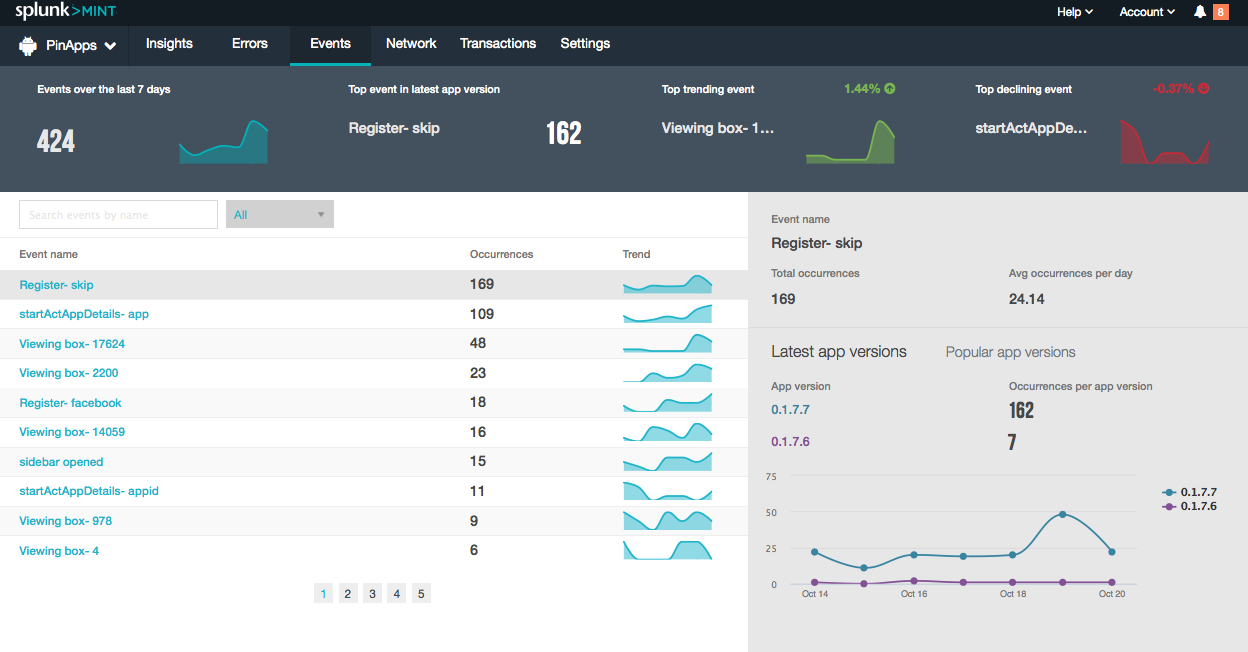

Splunk instances transform the incoming data into events and stores them into indexes to perform search operations efficiently. Indexers are a Splunk component used to index and store incoming data from forwarders. Splunk Search Head is a Splunk instance that distributes searches across the indexers. Splunk Main Components Splunk Search Heads Splunk is capable of searching, reporting, visualizing, logging, or monitoring any type of data including structured and unstructured data. Machine data is everywhere, and it can be generated automatically from various sources like computer processes, elevators, cars, smartphones, etc., and generally, such data is generated in forms of events in an unstructured form. Machine data is information that is generated by a computer process, application, device, or any other mechanism without any active intervention from humans. The course will walk you through installing the necessary free software.Splunk is a tool used for logging, analyzing, reporting, visualizing, monitoring, or searching the machine data in real time. You’ll need a desktop computer (Windows, Mac, or Linux) capable of running 3 virtual machines.Some prior knowledge about Linux operation system.

In this hands-on course, we will learn how to set up a small virtual LAB to simulate real-world logging and monitoring scenarios, where we will collect logs from Apache web server and Fortigate firewall and send them to Splunk for storage, analysis, visualization and alerting. Machines are trying to tell us something through logs, so they are a very valuable resource for IT departments to ensure that everything is working as expected and to give us an idea of what is going on in our IT environments which will help to respond faster to incidents. 1 Splunk Basics Course Free Description.


 0 kommentar(er)
0 kommentar(er)
